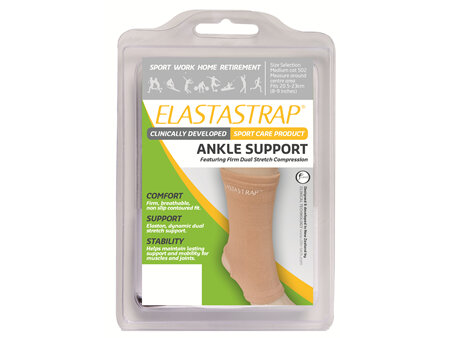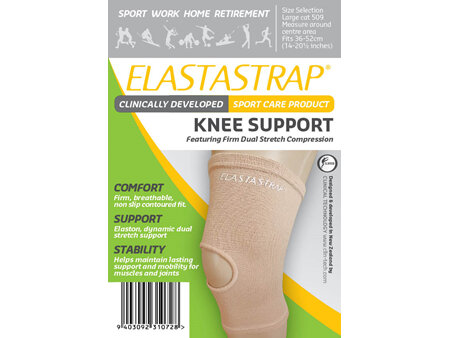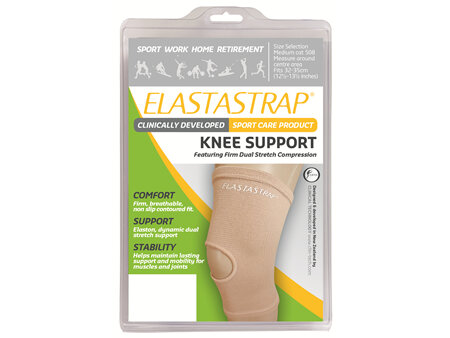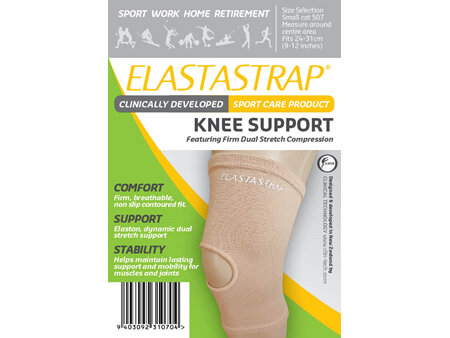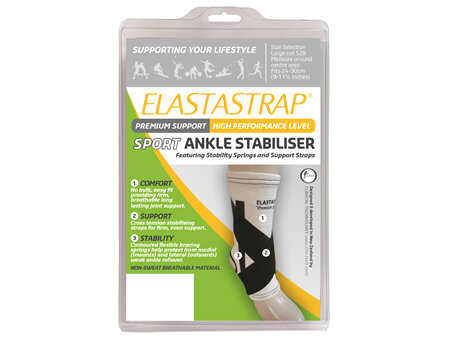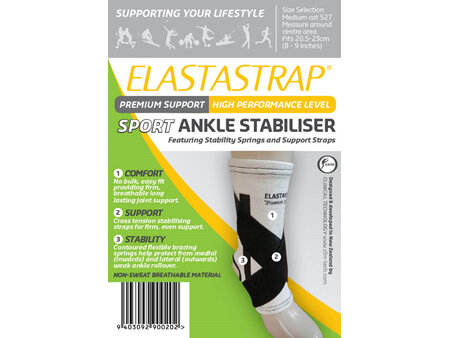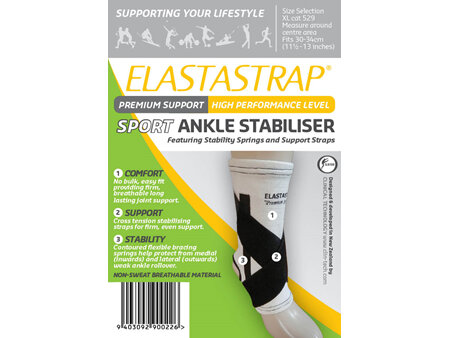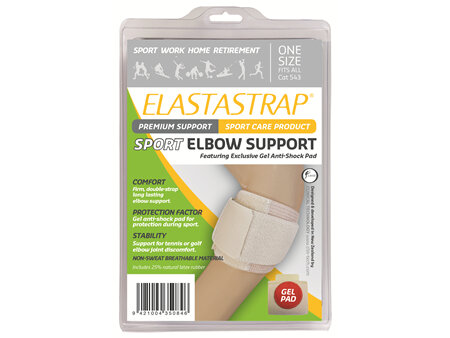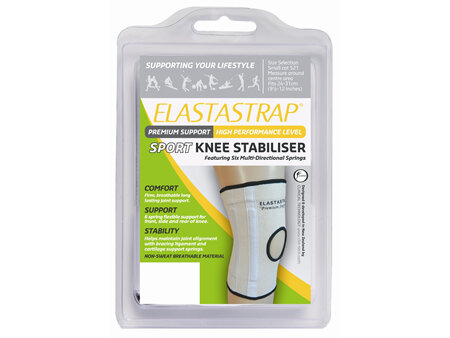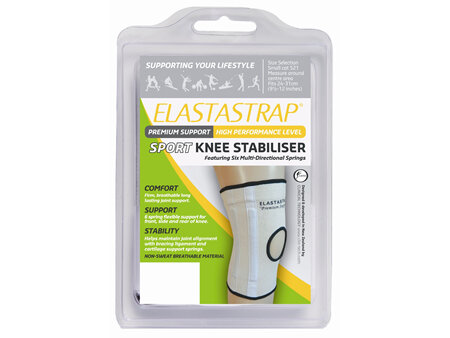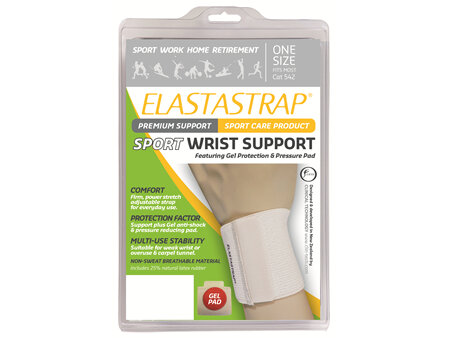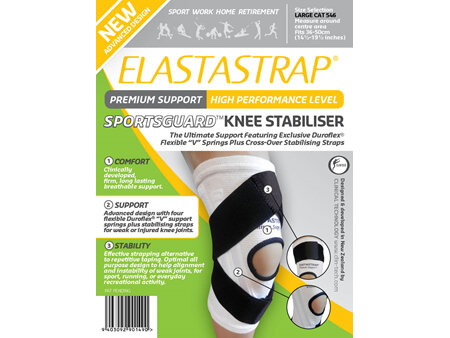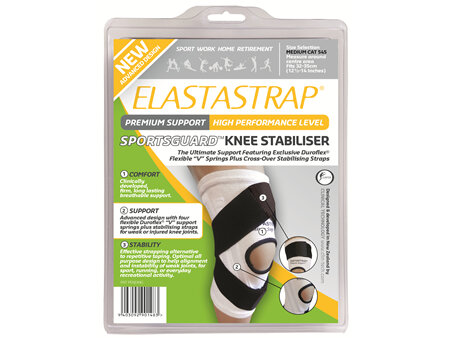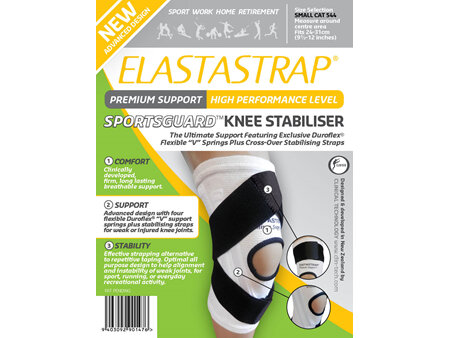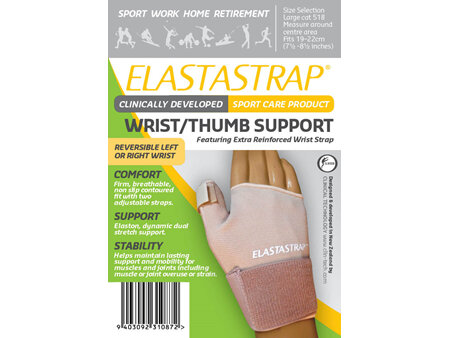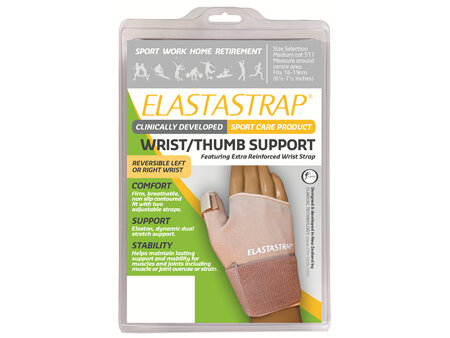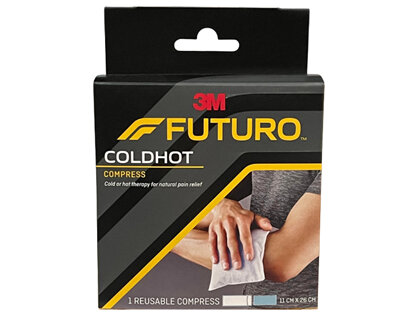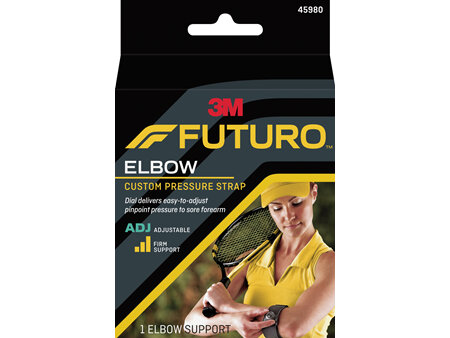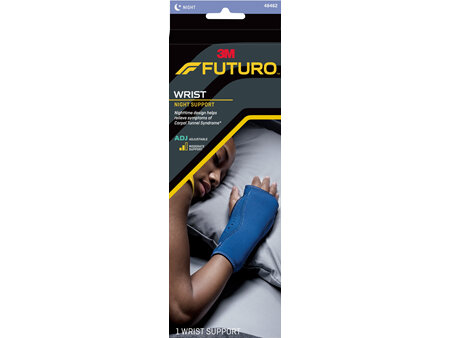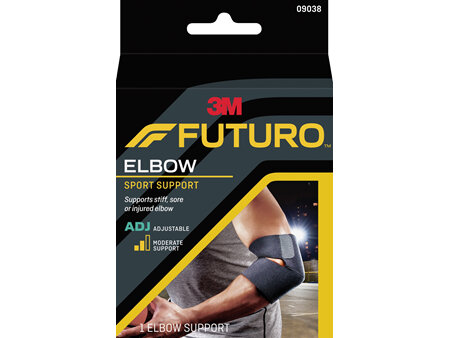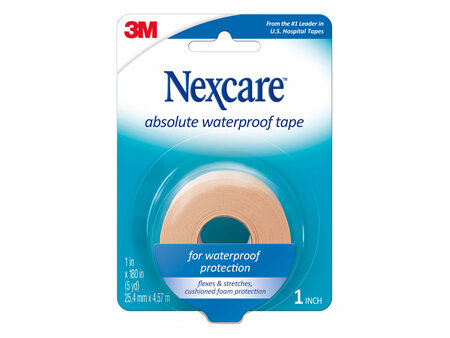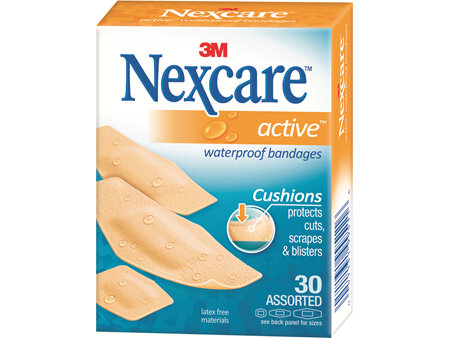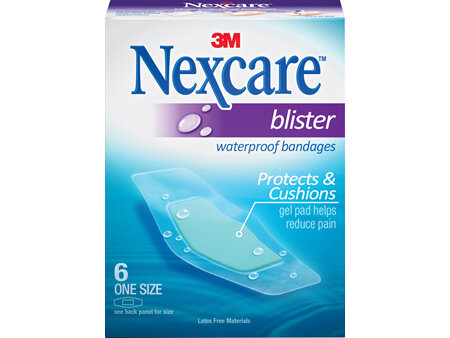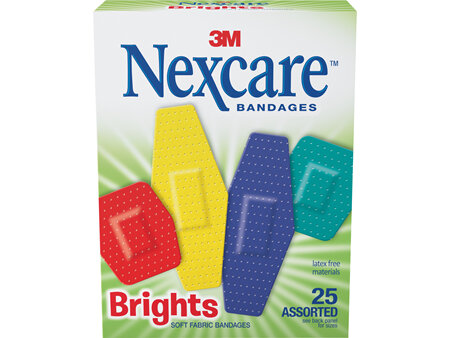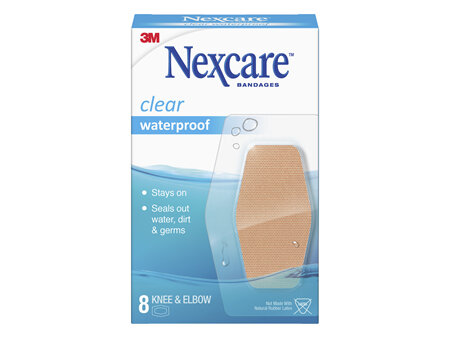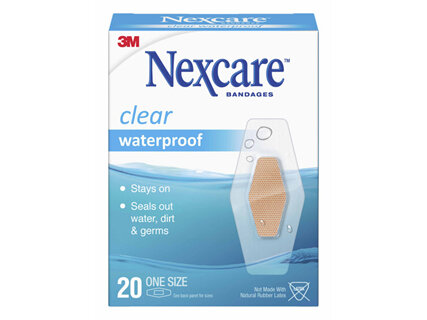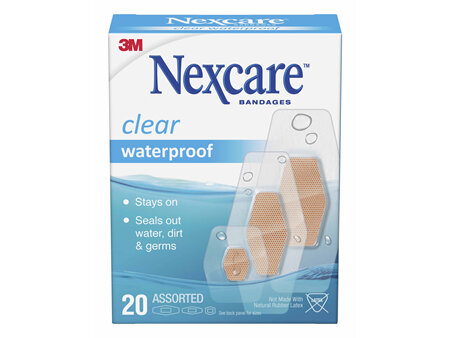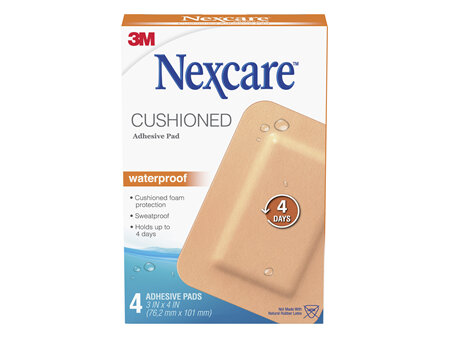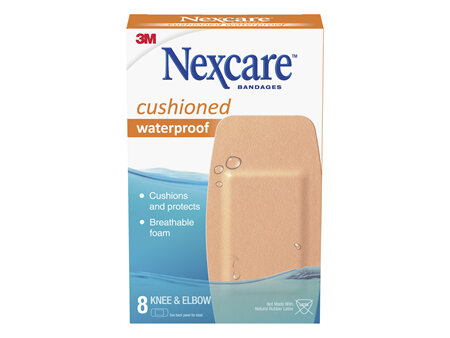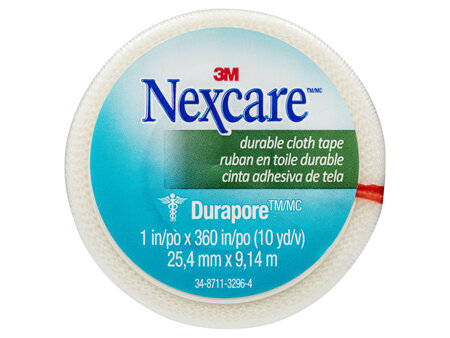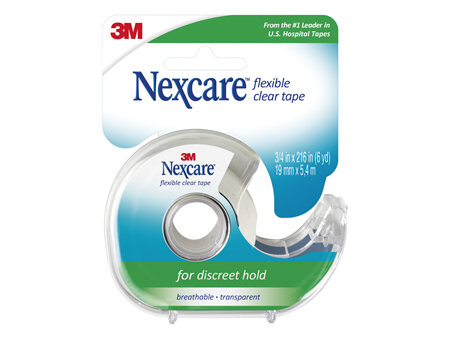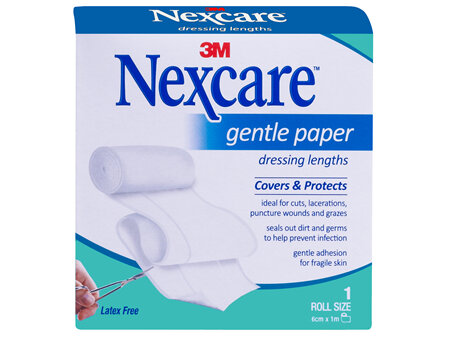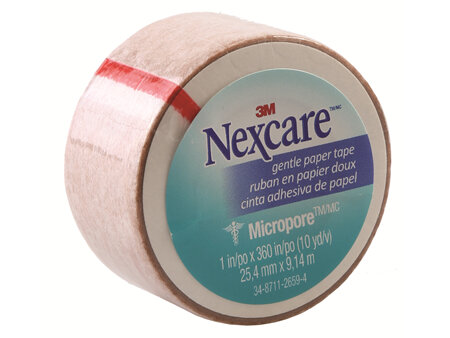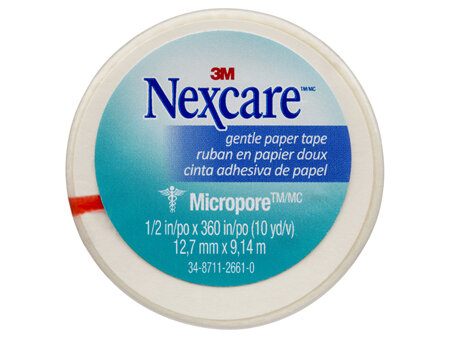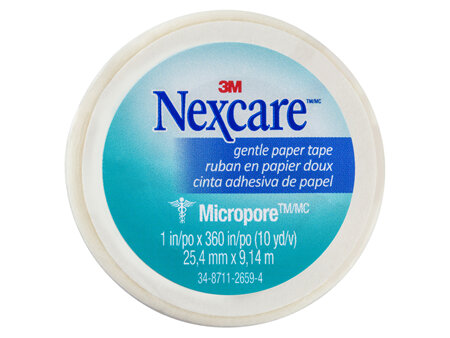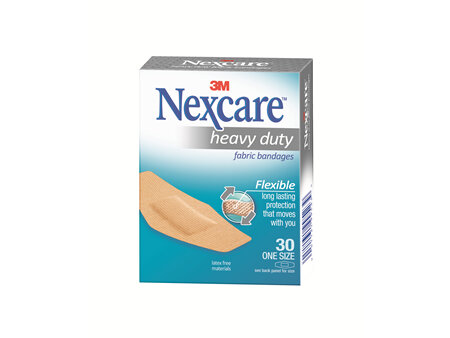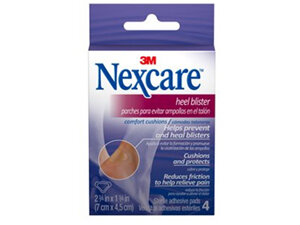The terms sprain and strain are often used interchangeably when discussing a painful injury to an area near a bone. However, they are different and are caused by different types of injury to different types of tissue.
A strain is caused by an injury to a muscle or tendon from overuse, causing chronic strains, or from a twist to that area causing an acute strain. Common chronic strains are back injuries and tennis elbow. An acute strain is often caused by twisting or a blow to that area, such as a hamstring strain. Most minor strains heal within two weeks, but moderate to severe strains may take some months to heal the damage to ruptured muscle fibres.
A sprain is an injury to a ligament, commonly from overstretching the ankles or wrists after a fall. Sprains may be mild with a little pain on movement of the area and no long term effects. Moderate to severe sprains result in tears to the ligament with bruising, swelling and difficulty putting weight or pressure on that area because of the pain. The pain from a severe sprain may be similar to that of broken bones, so for these injuries an X-ray should always be taken to prevent untreated fractures.
All moderate to severe injuries should be checked by a doctor, physiotherapist or emergency clinic. If it is too painful to put any weight or pressure on an injured area, or there is pronounced swelling, bleeding or bruising, then prompt medical treatment is a priority.
Treating mild sprains and strains is largely about reducing the damage, swelling and pain. Standard treatment for both is the same and is usually referred to as RICE – Rest, Ice, Compression and Elevation.
Rest – try to reduce any weight or exercise to that area, especially for the first 48 hours.
Ice – use an icepack, or unopened packed of frozen vegetables, wrapped in a dry cloth, for up to 20 minutes every two or three hours while pain and swelling is present.
Compression – use elastic bandages or joint supports to support the injured area and wear them whenever the area is painful.
Elevation – raising the injured area above the level of the heart for the first 24 to 48 hours will help to decrease swelling to the area.
Your community pharmacy has many different types of supports and elastic wraps to support injuries to different areas. If you are using a supporting wrap it is important to get advice regarding the correct size for your body and injury.
Pharmacists can help you treat and prevent sprains and strains. They can provide good advice about the best compression product to ease injuries, as well as the right pain relieving treatments to ensure that you can recover from your injury and rehabilitate the injured area to prevent further sprains and strains in the future. If you have an injury, such as a sprain or strain, consult your community pharmacist as they will refer you for further medical help if needed, or provide you with what you need to help you recover.



